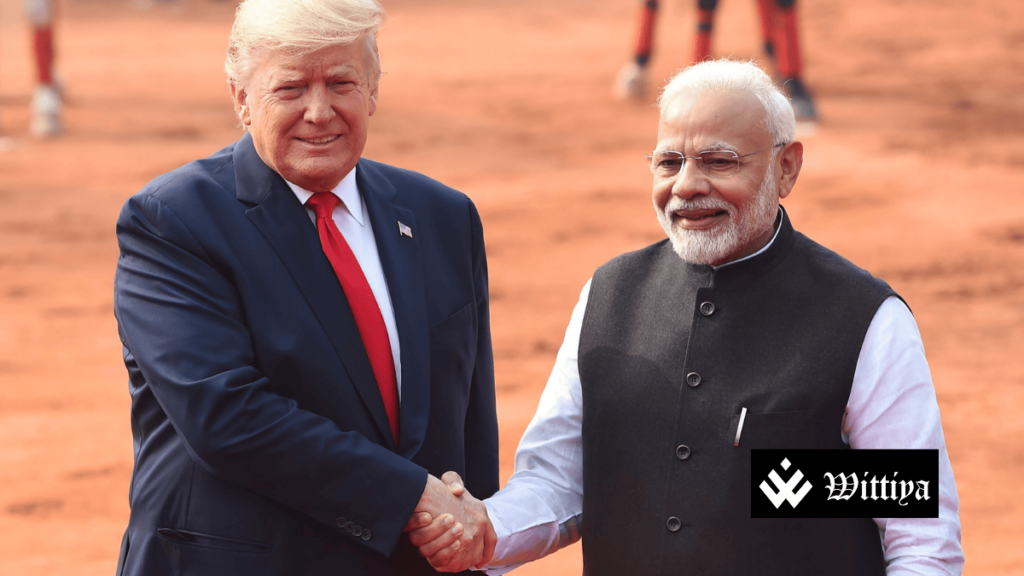The Indian government is considering increasing funds to support exports amid rising global trade uncertainties, particularly due to potential reciprocal tariffs imposed by the Trump administration. The Commerce Ministry is expected to seek additional allocations beyond the Rs 2,250 crore already earmarked in the 2025-26 Budget to strengthen the MSME sector and protect key export industries such as chemicals, automobiles, textiles, and footwear.
The Indian government is considering injecting additional funds into export promotion initiatives as global trade uncertainties escalate, especially following the Trump administration’s threat of reciprocal tariffs, a senior government official revealed.
In the Union Budget for 2025-26, the Finance Ministry allocated Rs 2,250 crore for the Export Promotion Mission, aimed at bolstering India’s MSME sector. However, the Commerce Ministry may request a higher outlay to further strengthen the country’s export competitiveness.
“The Budget allocation is not sufficient, but it is not fixed. If we are able to make a strong case, additional funds can be secured,” the official stated.
Impact of Trump’s Tariff Threat on Indian Exports
The potential tariffs from the US, set to take effect from April 2, could significantly impact key Indian export sectors, including chemicals, automobiles, textiles, and footwear. US President Donald Trump has repeatedly accused India of being a “tariff abuser” and aims to correct trade imbalances through reciprocal tariffs on trading partners, including India.
To mitigate these risks, India is not only seeking to boost domestic incentives for exporters but is also engaging in bilateral trade negotiations with the US. During Prime Minister Narendra Modi’s visit to the US on February 13, both nations agreed to work on a Bilateral Trade Agreement (BTA). The first phase of the agreement is expected to be finalized by fall 2025.
Mission 500: Strengthening US-India Trade Relations
India and the US have also launched “Mission 500,” a strategic initiative aimed at doubling bilateral trade to $500 billion by 2030. As part of the negotiations, the US has been pushing India to reduce or eliminate import duties on certain American goods, including automobiles, apples, walnuts, and cranberries. In response, India has signaled a willingness to ease tariffs on select US imports while seeking favorable trade terms for its own export sectors.
Government’s Strategy for Export Growth
The government is considering multiple measures to enhance export competitiveness, including subsidies and potential anti-dumping duties on imported goods. Strengthening domestic manufacturing and ensuring supply chain resilience remain key priorities for the government as it navigates global trade challenges.
As the Commerce Ministry continues to push for greater export incentives, industry stakeholders are closely watching how India will position itself in the evolving global trade landscape.



